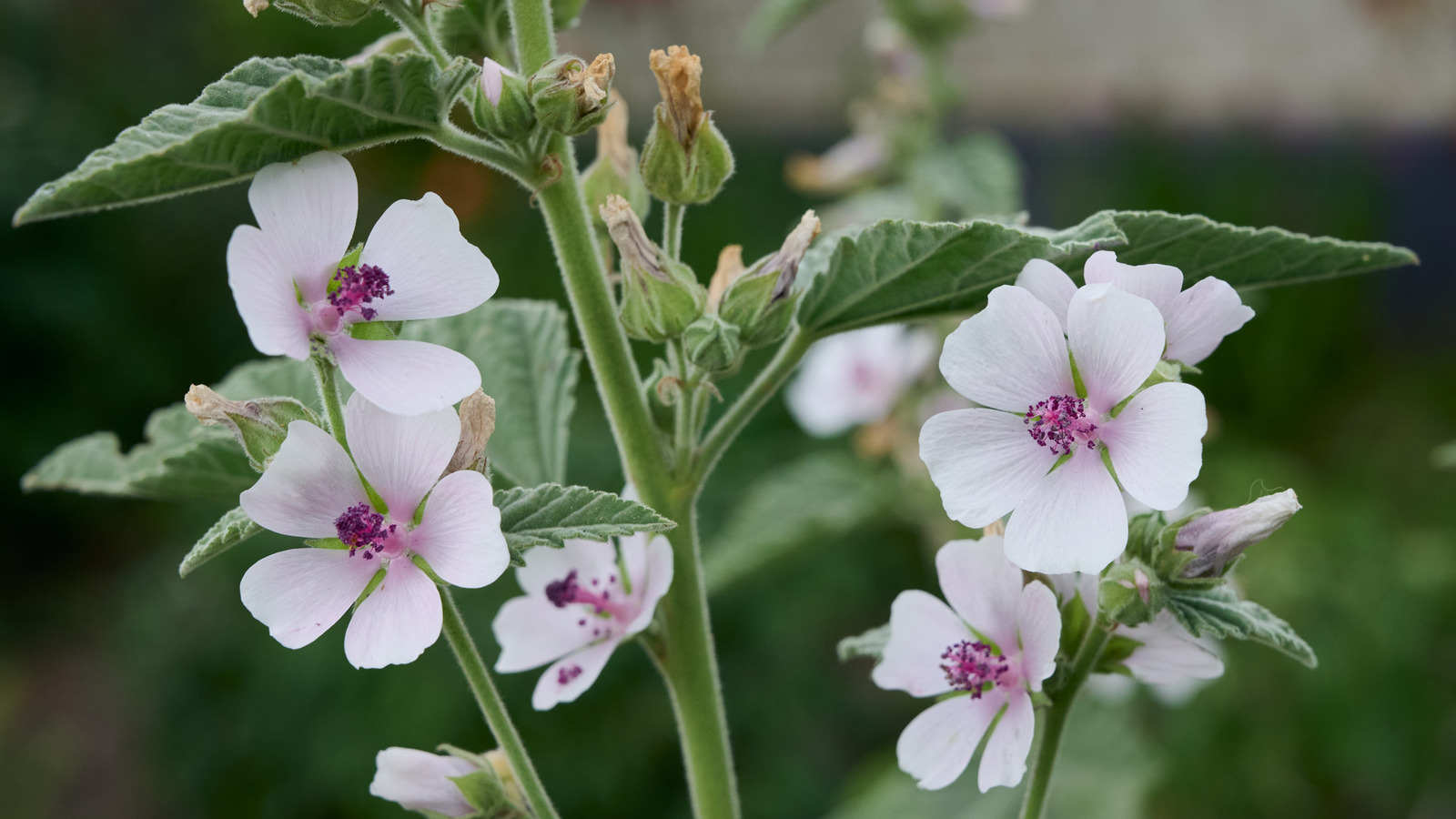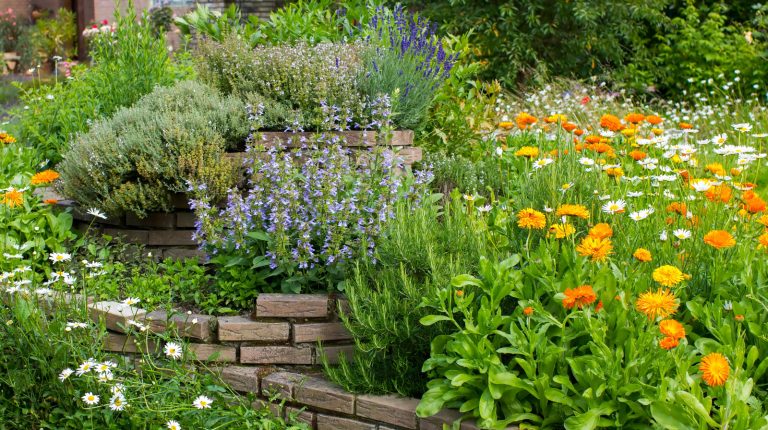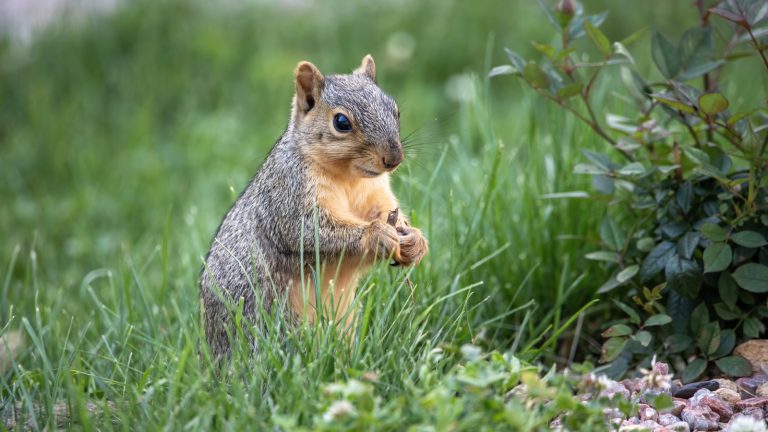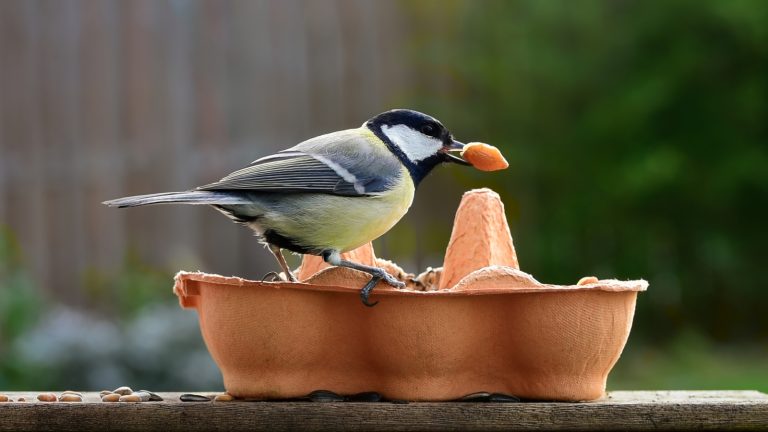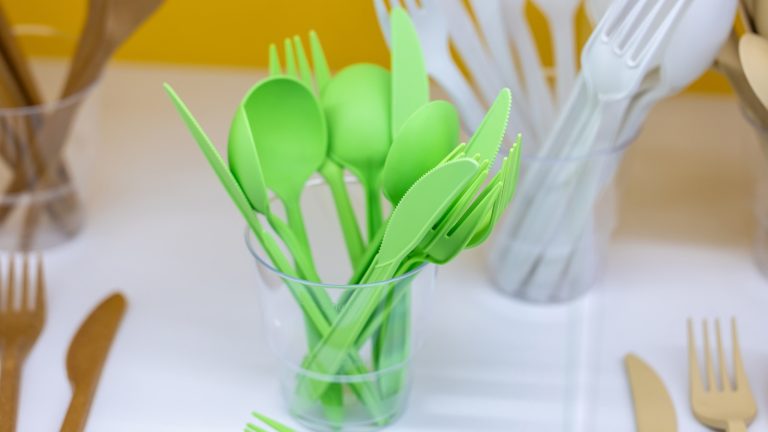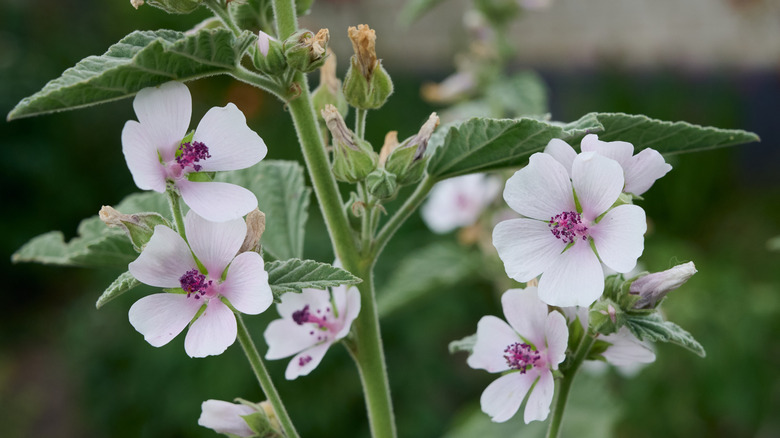
If you’re cultivating plants with medicinal properties in your garden but haven’t planted marsh mallow (Althaea officinalis L.), you’re missing out on a versatile and surprisingly easy-to-grow perennial herb with a long history of therapeutic use. Marshmallow was used for thousands of years for medicinal purposes by ancient Greeks and Romans, while the ancient Egyptians were the first to make a sweet confection with the same name. Its roots, stems, and leaves are rich in mucilage, a thick, soothing substance that can help coat and calm irritated tissues in the respiratory tract.
Marsh mallow likes damp, loamy soil, and while it prefers full sun, it tolerates partial shade well, making it a good choice for areas of the garden that are a bit dark or moist for other plants. Since marsh mallow is one of few plants that thrive in soggy soil, it fits seamlessly into naturalized landscapes and rain gardens, while its roots help anchor soil and prevent erosion. Apart from functionality, marsh mallow also offers visual interest. Its soft, velvety leaves and blush-pink hibiscus-like flowers make it a visual standout, and the airy flower stalks don’t crowd nearby plants. It even serves as a magnet for bees and butterflies. For gardeners interested in low-maintenance plants that offer form and function, marsh mallow is an easy choice that also makes a beautiful addition to any herb garden.
How to plant and care for marsh mallow
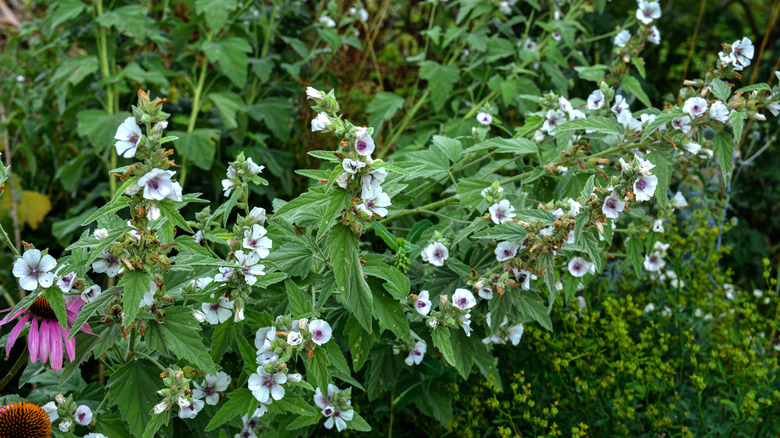
If you are growing an herbal tea garden, marsh mallow makes a wonderful backdrop. Marsh mallow is hardy in USDA zones 3 to 9 and grows to a height of 6 feet. Starting marsh mallow from seed requires a bit of effort. Before planting, the seeds must first be stratified (i.e., stored in a cold place for a period of time). This process mimics the cold of winter, which the seeds experience in the natural environment before germinating. To stratify the seeds, place them in damp sand and then into a plastic bag and keep them in the refrigerator for 8 to 12 weeks. Check frequently to make sure that the sand remains moist during the stratification process. Once you remove seeds from the refrigerator and plant them, keep the soil moist until germination. If stratification sounds like too much work, plant the seeds in the fall and they’ll stratify naturally throughout the winter months.
If you’re planting them directly in the garden, bury the seeds a ¼ inch deep with a spacing of 18 inches. Once established, marsh mallow requires very little care. The plant does reseed itself, but not vigorously, so it should not take over your herb garden. To encourage more blooms, deadhead spent flowers (doing so will also keep the plant from going to seed) and prune any dead or diseased growth in early spring or late winter. Marsh mallow can be susceptible to aphids, spider mites, and flea beetles, so watch carefully for signs of these insects.
“`


